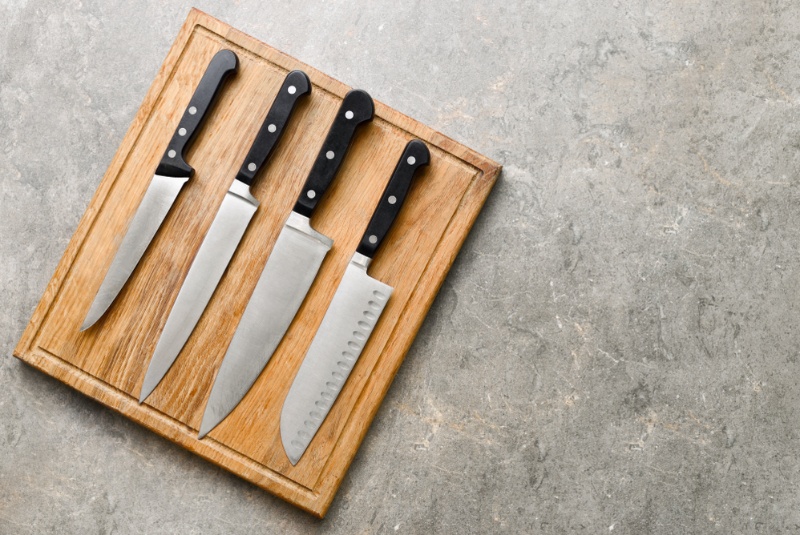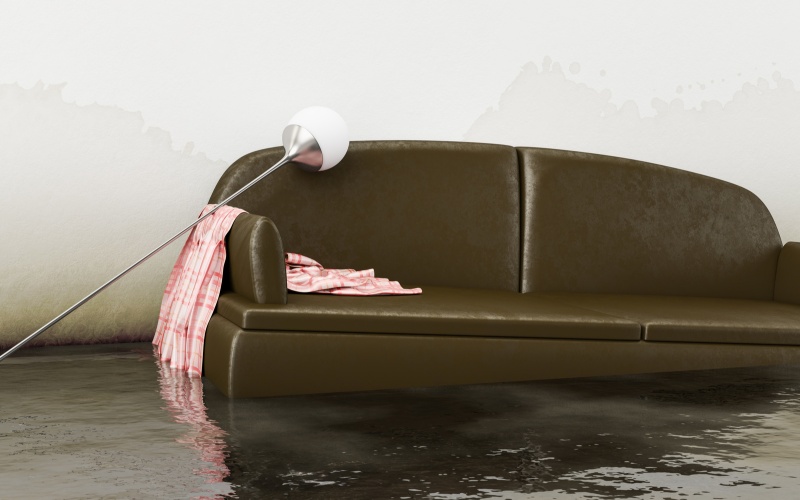1. Determine Your Cooking Style and Needs
Your cooking style and needs are at the core of selecting the right knife set for your kitchen. Let's delve into this aspect more comprehensively.
Specialized Knives for Unique Styles:
- Sushi Knife (Sashimi Knife): If you're a fan of Japanese cuisine, consider a sushi knife. It's designed for slicing delicate sashimi and creating perfect sushi rolls.
- Cleaver Varieties: Cleavers aren't just for meat; there are Chinese cleavers designed for precision vegetable chopping and Japanese cleavers with thinner blades for various tasks.
- Meat Lover's Set: If you frequently cook meats, look for sets with specialized meat knives like a carving knife and a meat cleaver.
- Gourmet Enthusiast: If you love gourmet cooking, seek sets that include unique knives like a tranchelard for carving poultry or a tourne knife for precise vegetable shaping.
Knife Maintenance:
- Edge Retention: Some knives, particularly high-carbon steel ones, have exceptional edge retention, meaning they stay sharp longer between sharpenings. This can be crucial for frequent cooks.
- Corrosion Resistance: Consider knives with higher chromium content for better corrosion resistance, which is essential if you cook with acidic ingredients like tomatoes.
- Ease of Sharpening: While high-carbon steel blades hold their edge well, they can be more challenging to sharpen. If you're new to sharpening, you might prefer stainless steel knives, which are more forgiving.
2. Quality Materials Matter
The materials used in knife construction play a vital role in their performance and longevity. Let's explore blade and handle materials in greater detail.
Blade Materials:
- High-Carbon Stainless Steel: This alloy combines the sharpness of high-carbon steel with the rust resistance of stainless steel. It's a top choice for many chefs due to its excellent balance of durability and edge retention.
- Damascus Steel: Known for its exquisite appearance with distinctive patterns, Damascus steel consists of multiple layers of steel. It's prized for its sharpness and strength.
- Ceramic: Ceramic blades are incredibly sharp and won't rust. However, they are more brittle than steel and may chip if not handled carefully.
- Titanium Coating: Some knives have titanium coatings, which enhance corrosion resistance and add a sleek, non-reflective finish.
Handle Materials:
- Wood: Wooden handles offer a classic look and comfortable grip. However, they require more maintenance to prevent cracking or warping.
- Plastic (Polypropylene or POM): Plastic handles are durable and easy to clean, making them a practical choice for busy kitchens.
- Stainless Steel: Stainless steel handles are sleek and modern, providing a sturdy grip. They are also highly durable and resistant to corrosion.
- Composite Materials: Some handles combine materials like wood and plastic for a balance of aesthetics and durability.
3. Check for Balance and Comfort
A knife's balance and comfort are critical for efficient and enjoyable cooking. Here's a deeper dive into this aspect:
Handle Ergonomics:
- Handle Shape: Consider the shape of the handle and how it fits your hand. Some handles are contoured for a specific grip style, such as a pinch grip or a full grip.
- Weight Distribution: Balance ensures that the knife feels comfortable during extended use. It should neither tip forward (blade-heavy) nor backward (handle-heavy).
Grip Comfort:
- Grip Material: The material of the handle affects grip comfort. Some handles have textured or non-slip surfaces for added control.
- Handle Length: The length of the handle can also impact comfort. Longer handles provide more leverage, but they should still feel balanced.

4. Storage and Maintenance
Proper knife storage and maintenance are crucial to preserving the sharpness and longevity of your blades. Let's explore this topic in detail:
Knife Storage Options:
- Wooden Knife Block: A wooden block with slots for each knife is a classic and convenient storage solution.
- Magnetic Strip: Magnetic strips on your kitchen wall not only keep your knives easily accessible but also showcase their beauty.
- In-Drawer Organizer: If counter space is limited, consider an in-drawer knife organizer to keep your knives safe and organized.
- Knife Roll: Professional chefs often use knife rolls for portability and easy access to their tools.
Knife Maintenance:
- Honing Rod: Regularly use a honing rod to realign the knife's edge, keeping it sharp between sharpenings.
- Sharpening Stones: Learn how to use sharpening stones to maintain a razor-sharp edge. There are various grits available for different levels of sharpening.
- Professional Sharpening Services: Consider professional sharpening services for an expert touch, especially if you're new to sharpening.
5. Set Size and Budget
The size of your knife set should align with your cooking needs, kitchen space, and budget. Let's explore these aspects further:
Set Size Considerations:
- Small Sets (3-5 pieces): These sets often include essential knives like a chef's knife, a paring knife, and a utility knife, making them suitable for basic cooking needs and smaller kitchens.
- Medium Sets (6-10 pieces): Medium-sized sets may include specialized knives like a bread knife, steak knives, and additional utility knives, catering to a broader range of cooking styles.
- Large Sets (11+ pieces): For culinary enthusiasts and professionals, larger sets offer a comprehensive selection of knives, including those for specific tasks like boning or filleting.
Budget Planning:
- Investment Value: Keep in mind that quality knives are an investment in your culinary journey. A higher upfront cost often translates to superior performance, longevity, and craftsmanship.
- Consider Longevity: Quality knives can last a lifetime with proper care, making them a cost-effective choice in the long run.
Purchasing a new knife set is a decision that should not be rushed. By delving deeper into your cooking style and needs, carefully considering blade and handle materials, prioritizing balance and comfort, planning for storage and maintenance, selecting an appropriate set size and budget, researching and seeking recommendations, and ensuring a strong warranty and customer support, you can make a well-informed choice. A high-quality knife set is an investment that will elevate your culinary journey and bring enjoyment to your kitchen for years to come.




